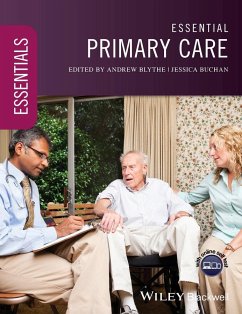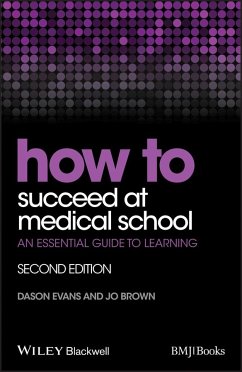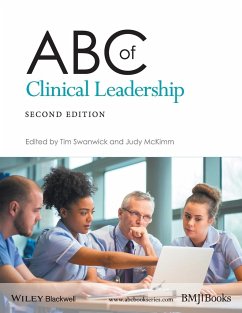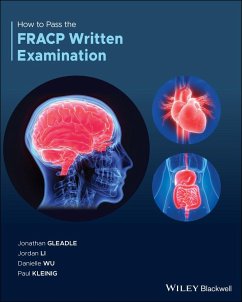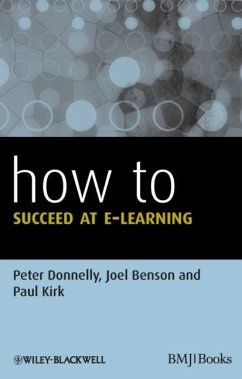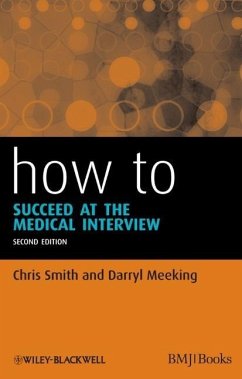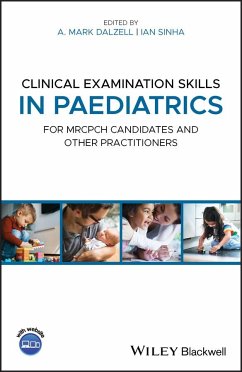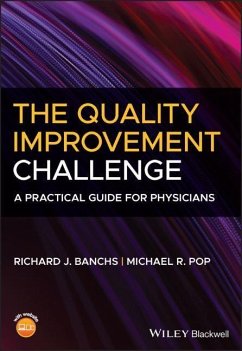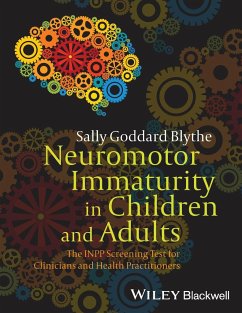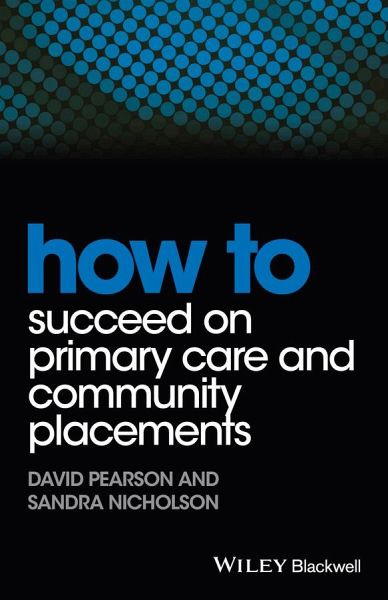
How to Succeed on Primary Care and Community Placements
Versandkostenfrei!
Versandfertig in 2-4 Wochen
38,99 €
inkl. MwSt.
Weitere Ausgaben:

PAYBACK Punkte
19 °P sammeln!
How to Succeed on Primary Care and Community Placements offers practical advice on how to get the most from your time on community visits, within patient consultations, and with the practice team. It highlights the unique opportunities and challenges you will face on placement, from using clinical information systems, to home visits and long term patient relationships, and how to take advantage of new ways of learning with web-based tools, mobile devices and social networking.Key features include:_ Learning outcomes at the start of each chapter with links to web-based learning, case examples, ...
How to Succeed on Primary Care and Community Placements offers practical advice on how to get the most from your time on community visits, within patient consultations, and with the practice team. It highlights the unique opportunities and challenges you will face on placement, from using clinical information systems, to home visits and long term patient relationships, and how to take advantage of new ways of learning with web-based tools, mobile devices and social networking.
Key features include:
_ Learning outcomes at the start of each chapter with links to web-based learning, case examples, and tasks to undertake whilst on placement
_ An evidence-based, practical approach to improving learning, teaching, assessment and feedback in community settings
Written by a team of experienced community-based medical education specialists, it is ideal for all medical students, whether on early clinical placements or later in training, and for tutors and preceptors looking for novel ways to engage their students.
Key features include:
_ Learning outcomes at the start of each chapter with links to web-based learning, case examples, and tasks to undertake whilst on placement
_ An evidence-based, practical approach to improving learning, teaching, assessment and feedback in community settings
Written by a team of experienced community-based medical education specialists, it is ideal for all medical students, whether on early clinical placements or later in training, and for tutors and preceptors looking for novel ways to engage their students.




